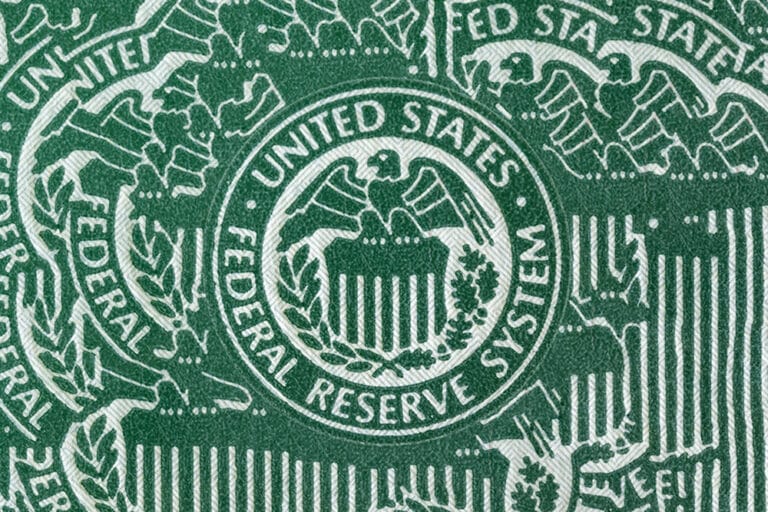
The following comments have been provided by T. Rowe Price U.S. Economist, Blerina Uruci, ahead of the March 2023 FOMC meeting.
I expect the Fed to hike by 25 basis points (bp) at the March 22 meeting, based on three factors: (1) the labor market data remain consistent with strong job creation and wage inflation, even after the payback to the strong January report, (2) February inflation beat expectations and confirms the stalling in disinflationary momentum that was evident in Q4 2022 and (3) risks of contagion from the SVB deposit run seem to have been contained for now although volatility in financial markets remains elevated. Given the data outcomes in (1) and (2), I believe that Fed chair Powell would have likely pushed for a 50 basis points (“bp”) hike at next week’s meeting [March 22], but the recent bank failures and market stress make a bigger hike a low probability event in my view. On the other hand, continued market stress and elevated volatility could lead the Fed to pause while signaling interest rate increases would resume once market functioning is more orderly. The Fed is between a rock and hard place given the combination of strong inflation data, a still tight labor market and the stress in financial markets.
It is a reasonable assumption that 50bp hikes are off the table for now. Maintaining a tightening bias, moving forward at slower increments, and remaining higher for longer is the prudent risk management strategy for the Fed. Following a different strategy may lead to “accidents” along the way that force the Fed to ease too soon or have their hands tied when the economy is clearly heading for a downturn. I am cognizant that before Powell’s Congressional testimony I also held the view that the bar to 50bp hikes was very high, only to be surprised by his hawkishness. But recent events remind us that (1) there are significant risks to shifting gears suddenly and quickly, and that (2) the US economy is still sensitive to interest rate increases and those lagged effects are working their way through.
Also read: Blossom: Not the Start of Another GFC
There is considerably more uncertainty about the Fed path going forward. We were all waiting for something to break. Even though the recent bank failures cannot be blamed on Fed policy, it is also fair to say that rising interest rate at a fast pace will inevitably expose the weak links in the economy. Market pricing for the next three meetings moved in the right direction post consumer price index (CPI) (higher probability of hikes in March and May and lower probability for a cut in June), but I still think cuts need to be priced out for June as it is too soon for the Fed to cut interest rates in Q2 of this year.
Expectations for peak federal funds rates for the forecast horizon (6 months ahead) should be lower once the pace of tightening slows to 25bp. In addition, there is still a question in my mind about the negative multiplier effect on the macro economy from banks pulling back lending in response to the recent stress. Lending conditions were already tightening, but it is possible for them to get worse which would in turn accelerate any recessionary dynamics for the second half of the year. It is very much a risk in my considerations rather than the baseline working assumption, I will have more visibility about this over the coming couple of months looking at loan growth data.
The bottom line is that I now see the terminal rate somewhere in the 5.25% – 5.5% range with risks of +/-25bp, depending on the strength in the data and market conditions. Take this forecast for what it is — my best guess under very uncertain circumstances. Based on how events/data unfold over the coming weeks, I will update as necessary. Finally, I will reiterate that it is too soon for the Fed to seriously endorse cuts in interest rates given the still elevated level of inflation, so my view is consistent with a higher peak and higher for longer than the market is currently pricing.






























